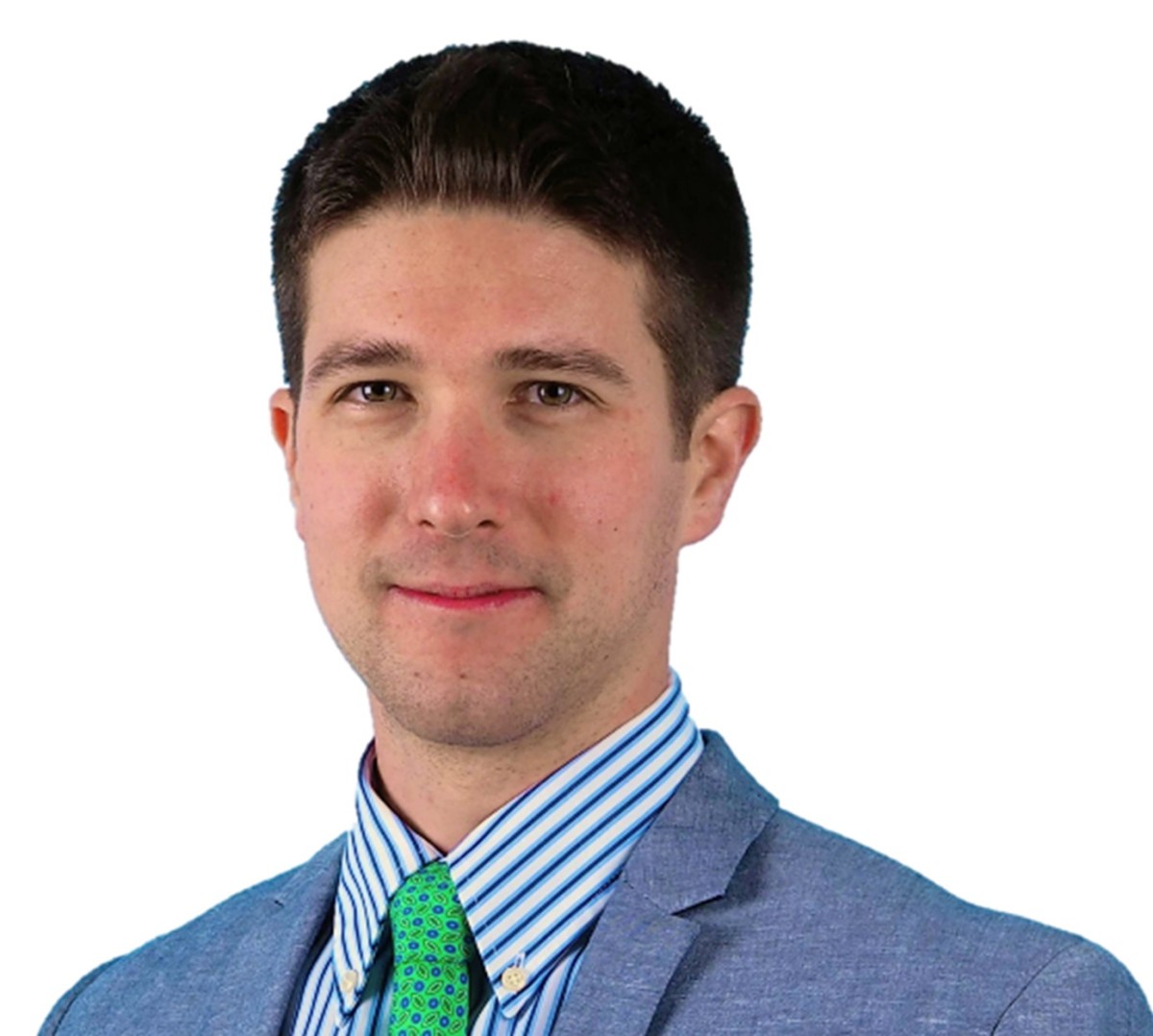Dr. Robert Axelrod

Dr. Robert Axelrod
Student / Programme CAS ETH Entrepreneurial Leadership Techn. Ventures
Additional information
Research area
Pulsed electric field (PEF) technology is at the heart of various food and biomedical applications. While the basic principle of (i) placing a conductive material in between at least two electrodes and (ii) applying a pulsating electric field is the same for all PEF treatments, the achieved outcomes can be spectacularly different. Robert's research focuses on identifying new and relevant PEF process windows in the food and biomedical domain. He is interested in gaining an in-depth insight into the interplay of the main PEF mechanisms, namely electropermeabilization, ohmic heating, cathodic/anodic reactions, electrophoretic mobility, and protonation/deprotonation of organic molecules. Process control, scaling up approaches, and understanding the effects of PEF on biological material is at the core of his investigations.
Publications:
Axelrod, R., Baumgartner, J., Beyrer, M., & Mathys, A. (2023). Experimental and simulation-based investigation of the interplay between factor gradients following pulsed electric field treatments triggering whey protein aggregations. Journal of Food Engineering, 340, 111308.
Axelrod, R., Beyrer, M., & Mathys, A. (2022). Impact of the electric field intensity and treatment time on whey protein aggregate formation. Journal of Dairy Science, 105(8), 6589-6600.
Axelrod, R., Baumgartner, J., Tanner, E., Beyrer, M., & Mathys, A. (2021). Effects of microsecond pulsed electric field (μsPEF) and modular micro reaction system (MMRS) treatments on whey protein aggregation. International Dairy Journal, 123, 105170.
Axelrod, R., Palma Miner, L., VanderGheynst, J. S., Simmons, C. W., & Fernandez-Bayo, J. D. (2021). Soil application of almond residue biomass following black soldier fly larvae cultivation. Frontiers in Sustainable Food Systems, 5, 188.
Arcari, M., Axelrod, R., Adamcik, J., Handschin, S., Sánchez-Ferrer, A., Mezzenga, R., & Nyström, G. (2020). Structure–property relationships of cellulose nanofibril hydro-and aerogels and their building blocks. Nanoscale, 12(21), 11638-11646.
Arcari, M., Zuccarella, E., Axelrod, R., Adamcik, J., Sánchez-Ferrer, A., Mezzenga, R., & Nyström, G. (2019). Nanostructural properties and twist periodicity of cellulose nanofibrils with variable charge density. Biomacromolecules, 20(3), 1288-1296.
Robert received his BSc and MSc in Food Science from ETH Zurich with a focus on food processing, biotechnology, hydrogels, and aerogels. He was a visiting scholar at the University of California, Davis (Simmons Lab) in collaboration with the Almond Board of California, doing research on almonds, insect farming, and biosolarization. In early 2019, Robert joined the Laboratory of Sustainable Food Processing at ETH Zurich as a doctoral candidate. He worked in close collaboration with the University of Applied Sciences and Arts Western Switzerland on an industry-related project investigating the controllability and fine-tuning of PEF-induced structure modifications of whey proteins. He also worked on PEF-related biomedical investigations and conducted these in close collaboration with the University Hospital of Zurich. Robert received his doctoral degree (Dr. sc. ETH Zurich) in 2022 on 'Novel and Emerging Pulsed Electric Field Applications: Effects on Biomacromolecules in Food and Biomedicine'.
Additional information
www.linkedin.com/in/robert-d-axelrod-roax
